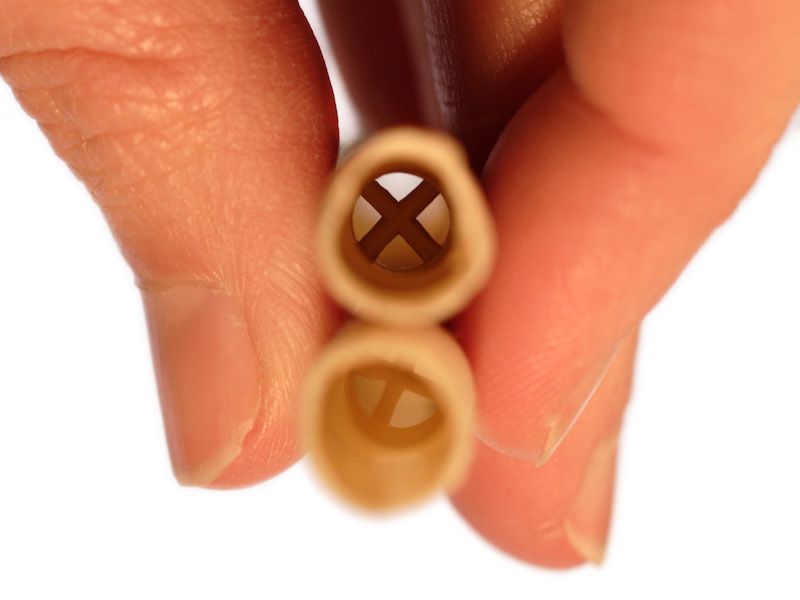
There’s a persistent belief in some groups that a practice known as “ear candling” is a good way to reduce your earwax. Does ear candling work and what is it?
Do Earwax Candles Work?
Spoiler alert: No. No, they don’t.
Why then, does this bit of pseudo-science keep finding its way into the minds of otherwise reasonable people? It’s hard to say with much accuracy. But the more you discover about earwax candling, especially the risks involved, the more likely you can make an informed choice (even if the sensible decision is pretty clear).
What is Earwax Candling?
So here’s the basic setup: Perhaps you aren’t certain how to eradicate all your accumulated earwax. You’ve read that it’s dangerous to use cotton swabs to clear your earwax out. So, after doing some study, you find a technique called earwax candling.
Earwax candling is supposed to work as follows: By jamming a candle into your ear (wick side out), you create a pressure differential. This pressure differential then sucks the wax out. In theory, the pressure difference is enough to break up any wax that may be clogging up your ear. But cleaning your ears this way can be dangerous.
Why Doesn’t Ear Candling Work?
There are several issues with this process, like the fact that the physics just don’t work. You would need a significant amount of pressure to move earwax around and a candle just isn’t capable of creating that kind of pressure. Also, a candle doesn’t have the kind of seal necessary to sustain pressure.
Now, there are supposedly special candles used in this “treatment”. All of the wax that was in your ear can be found within the hollow portion of the candle which can be broken apart when you’re finished with your 15 minutes of ear candling. The only problem is that the same debris shows up in both used and unused candles. So this “proof” is actually nonsense.
Scientific research has been unable to prove any benefit involving earwax candling.
So we Know Ear Candling Doesn’t Work But is it Dangerous?
What’s the danger in trying, right? Well, you’re asking for trouble anytime you get a hot candle around your ears. Look, it’s very possible that you may try ear candling and walk away completely unharmed. Lots of people do. But that doesn’t imply there aren’t risks involved, and it definitely doesn’t mean that ear candling is safe.
The negative impacts of ear candling can include:
- Candle wax can also block up your ear canal once it cools. This can cause temporary hearing loss or, in the most extreme cases, require surgery.
- Severe burns to your inner ear. Extreme hearing problems and burns can be the outcome of getting hot wax inside of your ear. This could permanently damage your hearing in the most severe cases.
- You could cause severe damage when you mess around with an open flame and potentially even put your life in danger. Seriously, you could burn your house down. Eliminating a bit of earwax isn’t worth that amount of risk and danger.
You Can Keep Your Ears Clean Without Needing a Candle
In most situations you won’t even have to worry about cleaning earwax out. That’s because the human ear is basically a self cleaning system. But you might be one of those individuals who have an abnormally heavy earwax production.
If it turns out that you have too much earwax there are methods that have been proven to work safely. You could try a fluid wash, for example. Another option would be to see a hearing care specialist for an earwax cleaning.
Cotton swabs are definitely not the way to go. And you should also stay away from using an open flame to clean out earwax. Earwax candling is a technique that has no advantage and will put your ears, and your entire person, at substantial risk of injury and damage. Try burning candles for their sent or for enjoyment but not as a method to clean your ears.